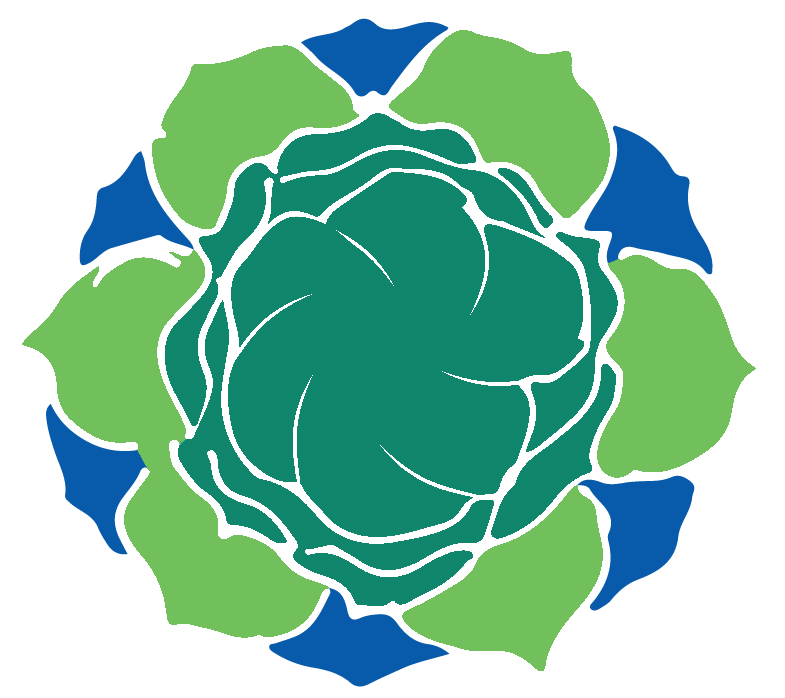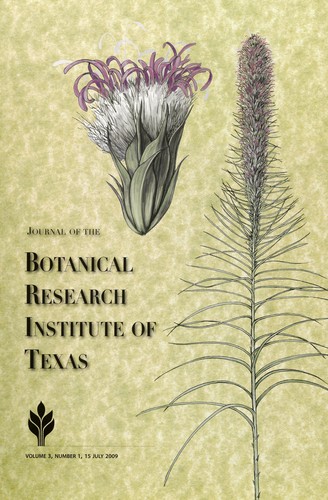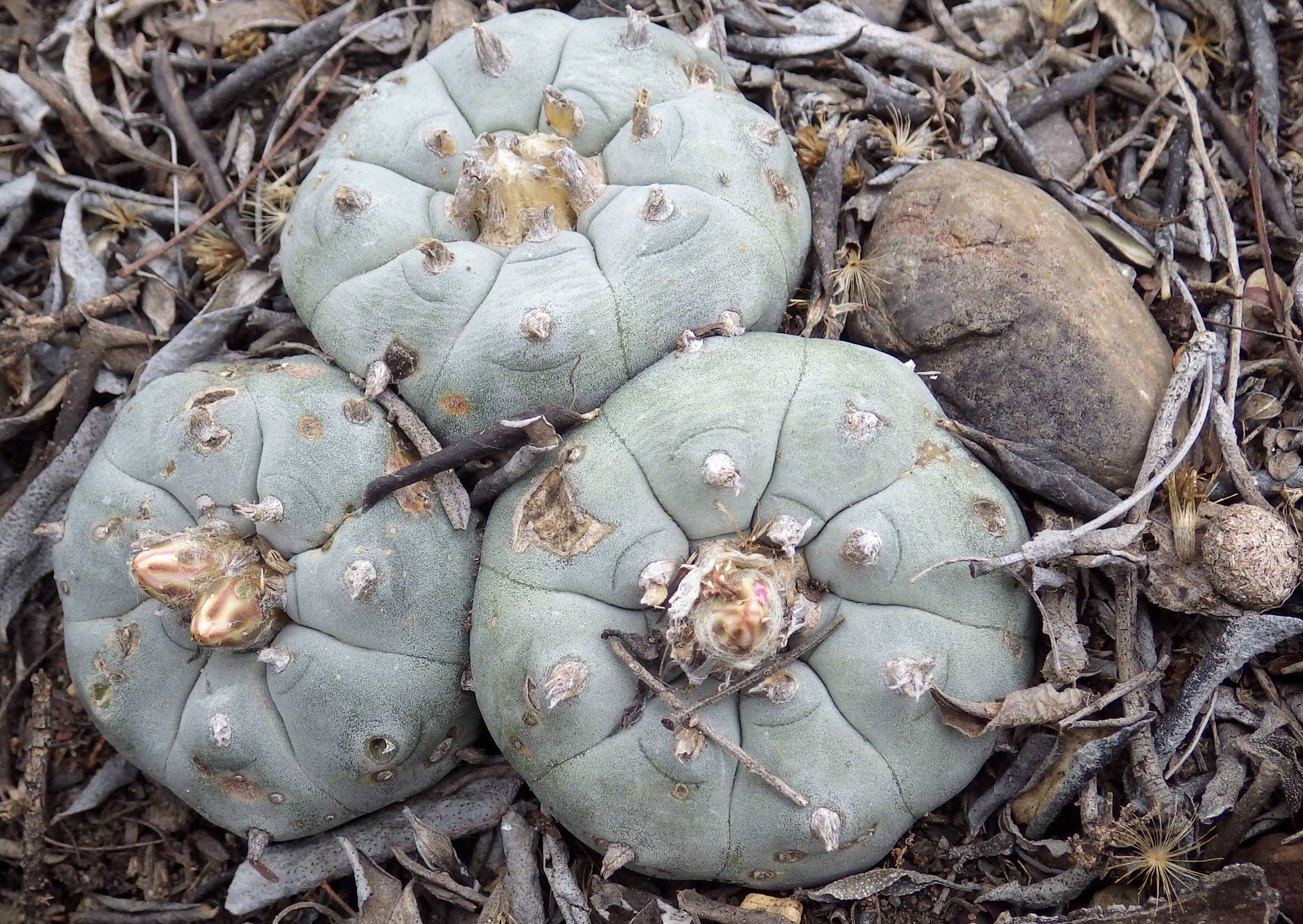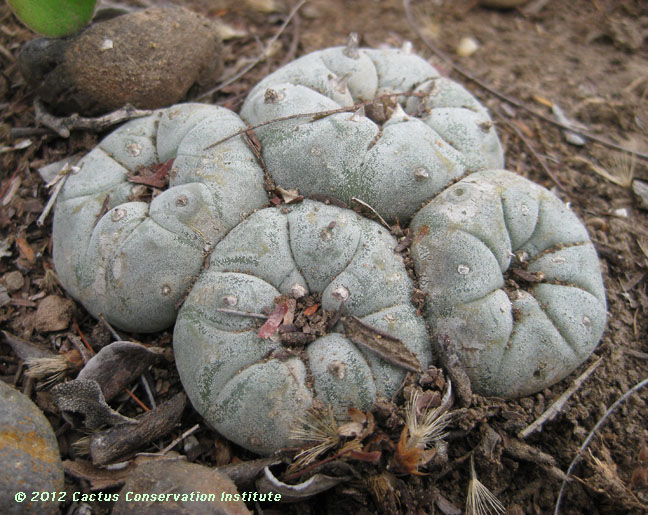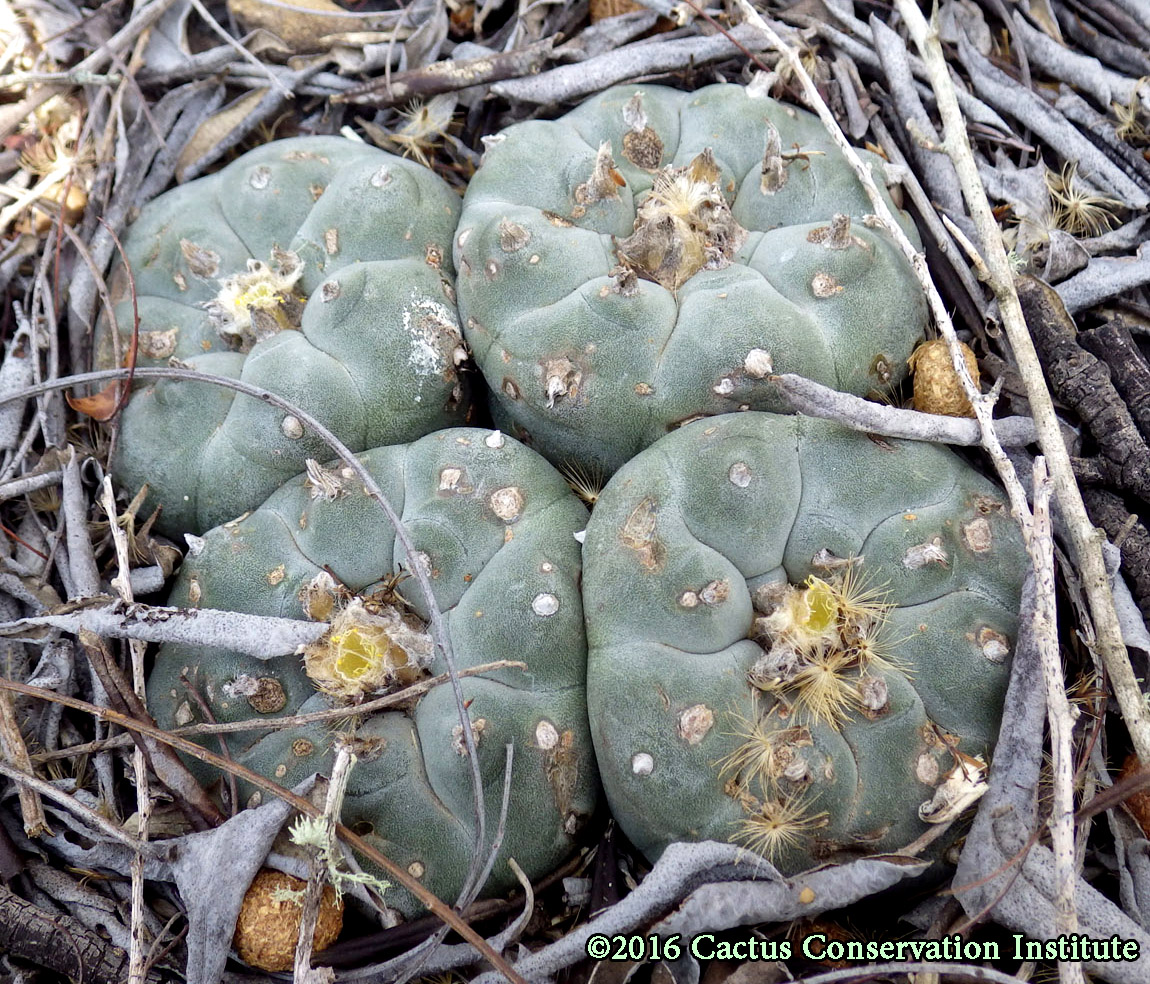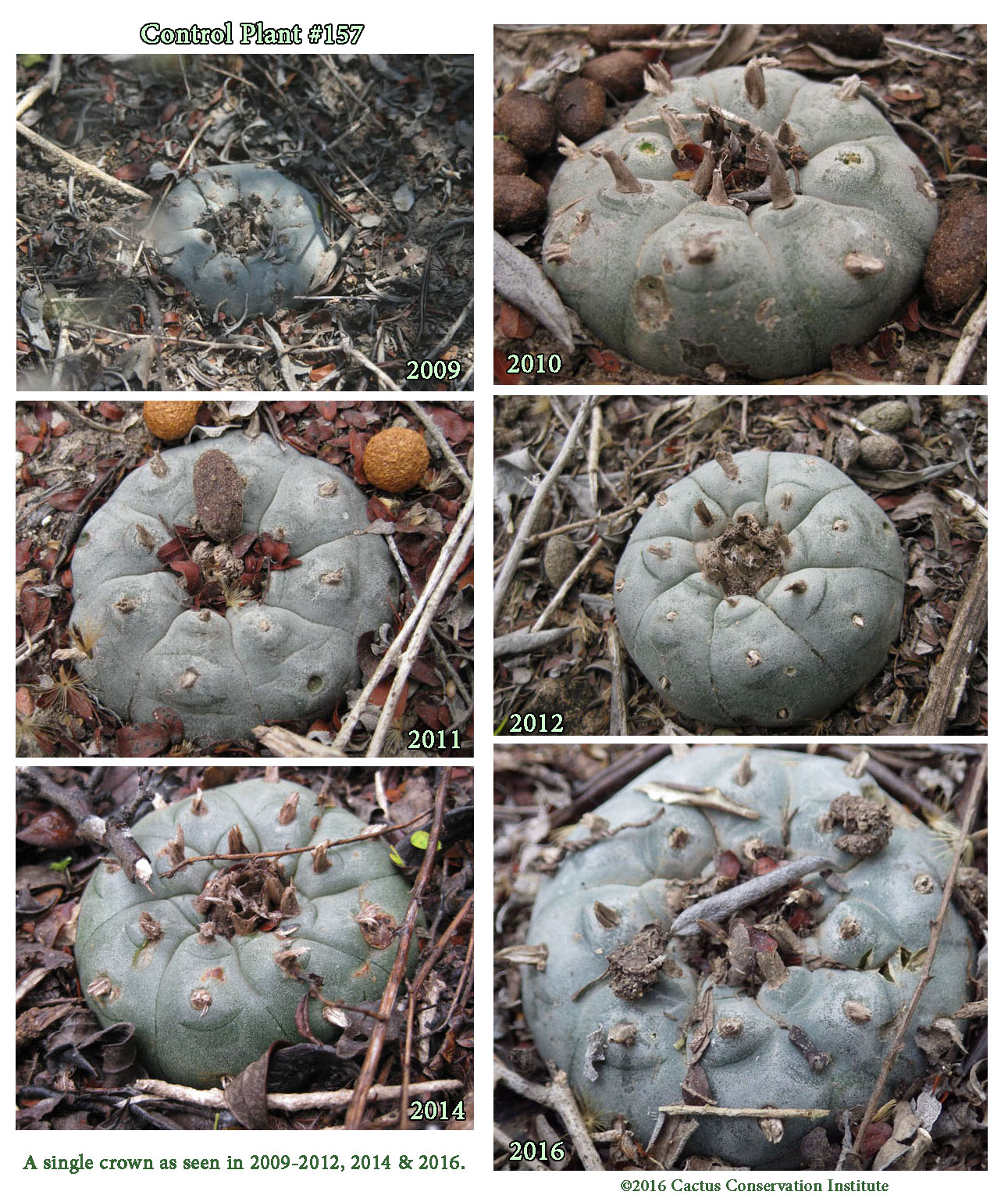About Harvesting and Regrowth project

A scene from our long-term regrowth study.
A long-term field study of peyote harvesting and regrowth performed within its natural habitat.
Cactus Conservation Institute’s signature study on the impact of peyote harvesting is the only longitudinal study ever conducted on the species Lophophora williamsii.
Thanks to the generous support of a cactus conservationist this 10-year project became a published reality. The results appeared in print in a peer reviewed journal in 2011 and 2012 with a 2014 follow-up. Our sincere thanks and deepest appreciation goes to Libbie Winston Mize for graciously supporting this important and timely study.
We are continuing to monitor this population every two years.
This study is ongoing and new data will be reported as CCI has resources and as long as the plants themselves remain in the field to study. Sadly, as viewed in image files, the impact that harvesting has had is very clearly visible to even a casual observer. Take a look at the plants that were harvested (Plants 101-150) versus those that were not (Control plants, 151-200).
Please read on — All of our raw data, images, and complete study findings are available for download. For scientists and others who are data-driven, all of our data are accessible. If there is something you are missing and cannot find, please contact us and we will try to assist you.
Please check back! We will be adding images and data for later years (2018 and 2019) shortly. Currently, some of our photos of the plant tags are missing and will be added in. For those who want a more immersive experience, our older site is still accessible.
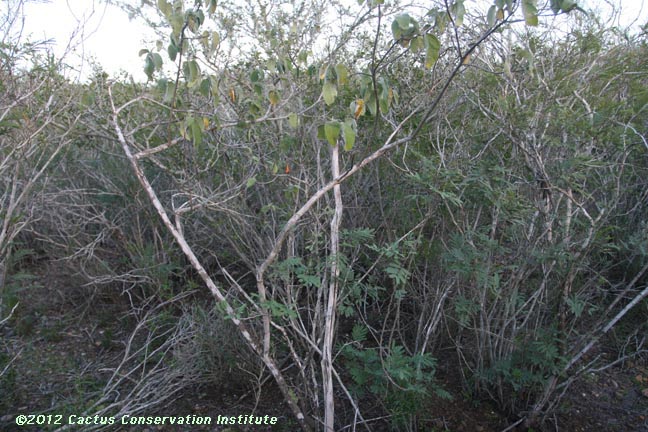
Regrowth study site showing typical Tamaulipan thornscrub vegetation.
Among other objectives, the Regrowth study investigated effects of harvesting where best practices were observed, both in terms of a single harvesting event and repeated harvesting; as well as the mescaline content of regrowth as compared to other cacti. Impact on survival rates, number of crowns, and above-ground volume were among the reported findings.
While our study highlights far more findings than just one, an inescapable conclusion is that greenhouse production of peyote that is intended for sacramental use is a logical suggestion. With the cooperative effort of the regulators at the DEA – whose legal responsibility would be to promulgate a regulatory framework that would allow the Native American Church (NAC) to supply its own peyote in a mode which would prevent harvesting in the wild – such production of the sacrament for the NAC could be undertaken by any tribe that wanted to control their own supply of peyote. If this practice were generally adopted by NAC chapters in the U.S., that would relieve the harvesting pressure on the wild populations of peyote in South Texas and allow them to recover.
“If a person performs his duties as a keeper of the living medicine with the same care and reverence that he would bring to a peyote meeting – the same care and reverence with which he might tend the fire – then the medicine will reflect that care and that reverence to those who use it as the sacrament.”
Ted Herrera
Spiritual Leader
Rio Grande Native American Church
